Electric supercars are rewriting the rules of speed. Thanks to their massive power and instantaneous torque, these vehicles rival or even outperform Formula One cars in the 0–62mph sprint. This breakthrough has marked a new era in the automotive world, with even electric SUVs outstripping traditional supercars in straight-line speed.
The pace of development in this sector has been astounding. In the early 2020s, combustion engines dominated the performance car segment. Fast forward a few years, and electric cars like the Tesla Model X Plaid and Rimac Nevera are setting unprecedented benchmarks. Below is an exciting look at the best and fastest electric supercars currently available or soon to hit the roads.
10. Rimac Nevera: A Beacon of EV Performance
The Rimac Nevera exemplifies cutting-edge electric vehicle technology. With four electric motors producing a staggering 1888bhp and 1739lb-ft of torque, this Croatian marvel achieves a 0–60mph time of just 1.85 seconds. It holds the distinction of completing the quarter mile in 9.1 seconds and reaching a top speed of 258mph.

Beyond its speed, the Nevera offers an impressive range of 403 miles, powered by a 120kWh battery. However, this blend of performance and luxury comes at a steep price, with each model costing around £2 million. Despite its heft, the Nevera’s ability to combine raw power with advanced engineering places it among the most significant electric supercars.
9. Tesla Model S Plaid: A Game-Changing Saloon
Tesla’s Model S Plaid has redefined family car performance. Equipped with a tri-motor system delivering 1006bhp, it can accelerate from 0–60mph in less than two seconds. This family saloon boasts performance metrics that rival high-end supercars, all while maintaining practicality and comfort.
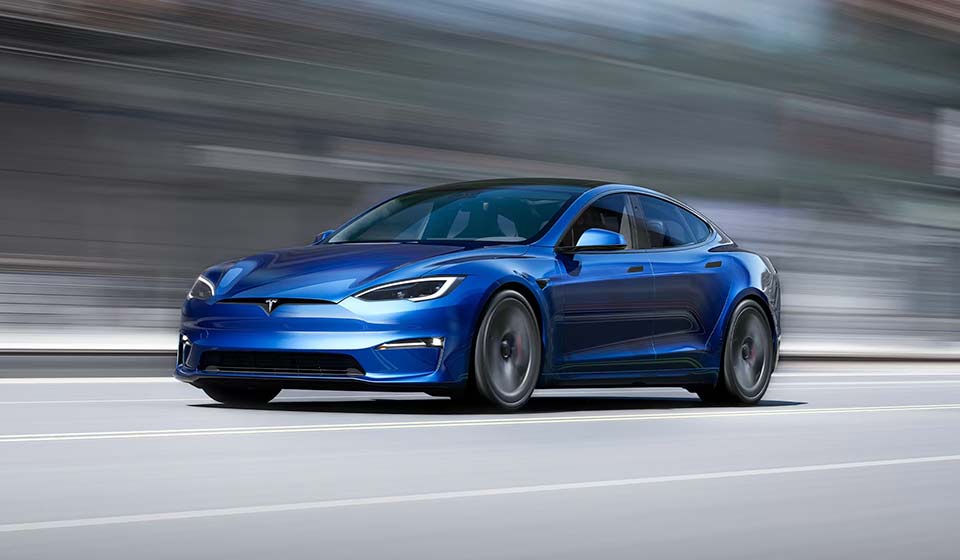
Tesla claims the Plaid covers 396 miles per charge, making it a leader in range among its peers. Despite its impressive achievements, the Model S Plaid faces criticism for its unconventional yoke-style steering wheel and patchy build quality. Nevertheless, it remains an extraordinary feat of engineering.
8. Volkswagen ID.R: The Racer That Set Records
Volkswagen’s ID.R was designed purely for performance and has shattered numerous records since its launch in 2018. Although its power output of 671bhp may seem modest, its lightweight construction allows it to accelerate from 0–62mph in 2.25 seconds. Its superior cornering abilities further highlight its credentials as a purpose-built racer.
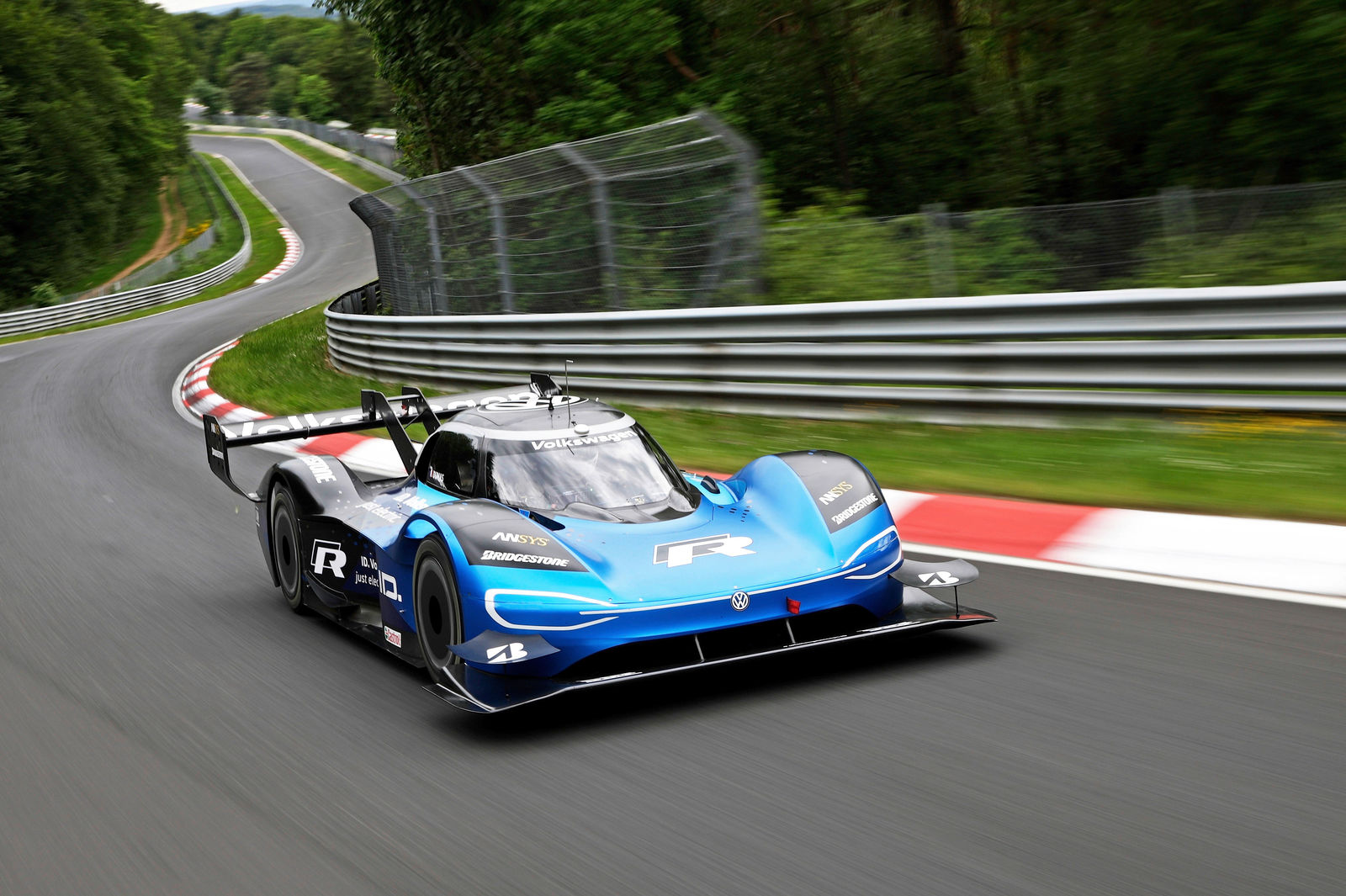
The ID.R holds multiple accolades, including records at the Nürburgring and Goodwood, though some have since been overtaken. While it’s not a road-legal car, the ID.R demonstrates the potential for electric vehicles to achieve unparalleled racing prowess.
7. McMurtry Speirling: Innovation at Its Peak
The McMurtry Speirling is a revolutionary prototype that blends extreme performance with unique engineering. This single-seater electric racer produces 1000bhp and weighs very little, resulting in a blistering 0–62mph time of 1.5 seconds.
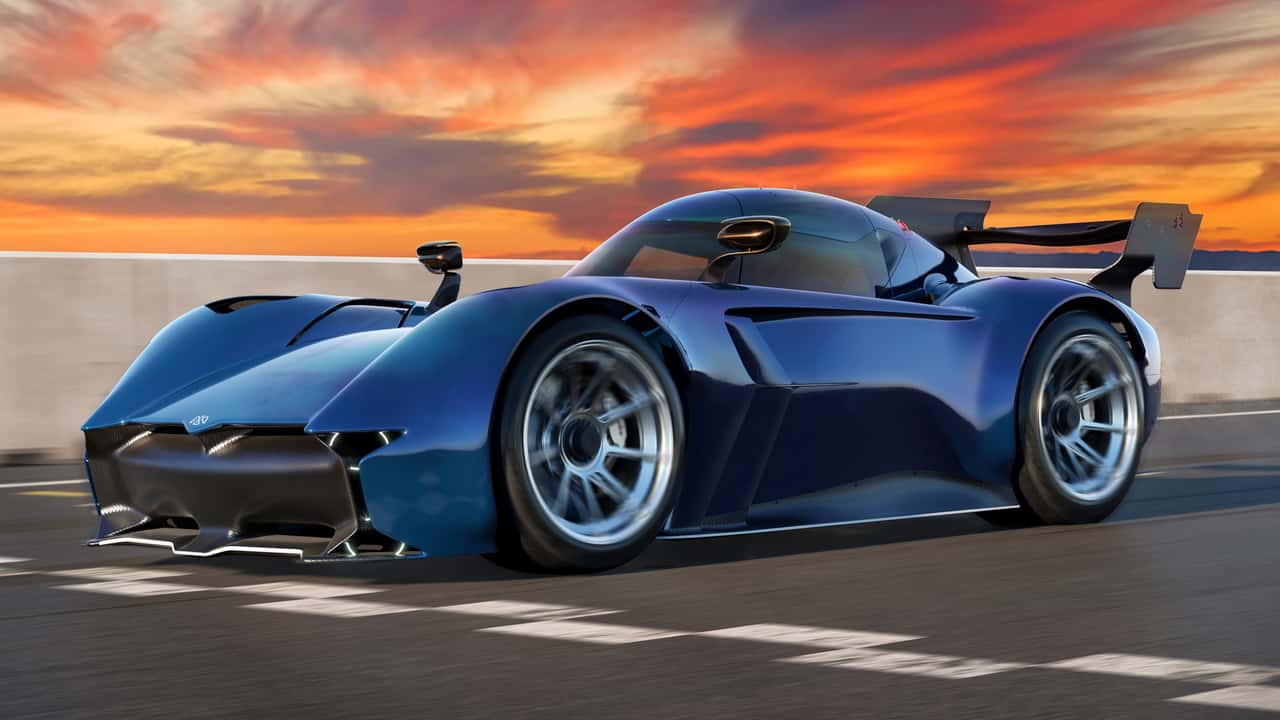
Its standout feature is a fan-based downforce system capable of generating 2000kg of force even at a standstill. This technology enables the car to maintain incredible stability, earning it a record-breaking performance at the 2022 Goodwood Festival of Speed. Unfortunately, its impracticality and unavailability make it a dream rather than a reality for most enthusiasts.
6. Tesla Roadster: Awaiting a Comeback
Tesla’s second-generation Roadster promises exceptional performance but remains a concept yet to hit production. With a claimed 0–60mph time of under two seconds, a top speed exceeding 250mph, and a projected range of 620 miles, the Roadster aims to set new benchmarks in electric car performance.
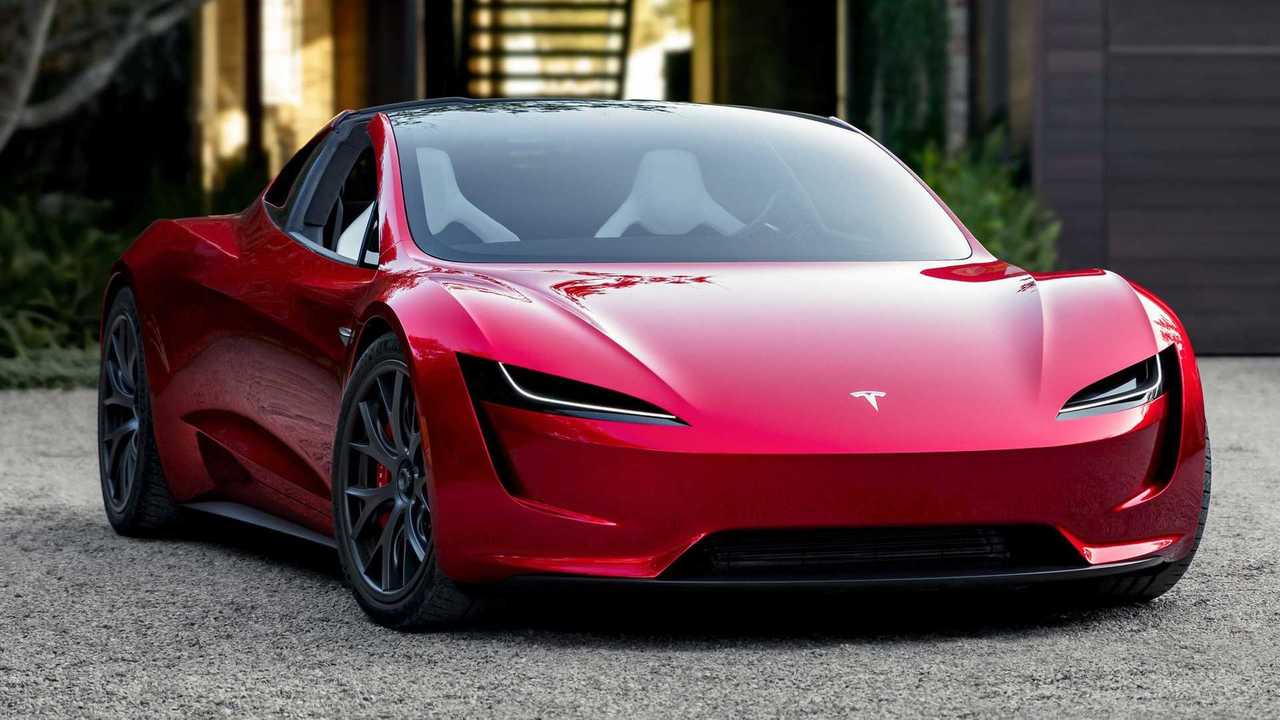
Its detachable roof and pricing starting at £189,000 make it a tempting proposition. However, repeated delays and unfulfilled promises cast doubt on when (or if) this highly anticipated vehicle will become available.
5. Faraday Future FF91: Luxury Meets Power
The FF91 is an ambitious electric SUV from Faraday Future, offering a remarkable 0–60mph sprint in just 2.2 seconds. Despite the company’s financial struggles, the FF91 combines svelte styling with a 1050bhp output, positioning it as a strong competitor in the luxury EV segment.

Its 142kWh battery enables an EPA-rated range of 381 miles. While the FF91’s production remains uncertain, its impressive specifications suggest it could be a formidable addition to the electric vehicle market.
4. Lotus Evija: Lightweight Powerhouse
Lotus brings its expertise in lightweight design to the electric realm with the Evija. This hypercar delivers 2011bhp from its four motors and boasts a sub-three-second 0–60mph time. Its lightweight construction keeps it at just 1680kg, a rarity among electric cars.

Though it promises a top speed exceeding 200mph, production delays have slowed its arrival. With only 130 units planned, the Evija aims to combine exclusivity with extreme performance.
3. Deus Vayanne: A Rising Star
The Deus Vayanne is a newcomer aiming to challenge established players. With a claimed output of over 2200bhp and a 0–62mph time under two seconds, this Austrian creation shows immense potential.
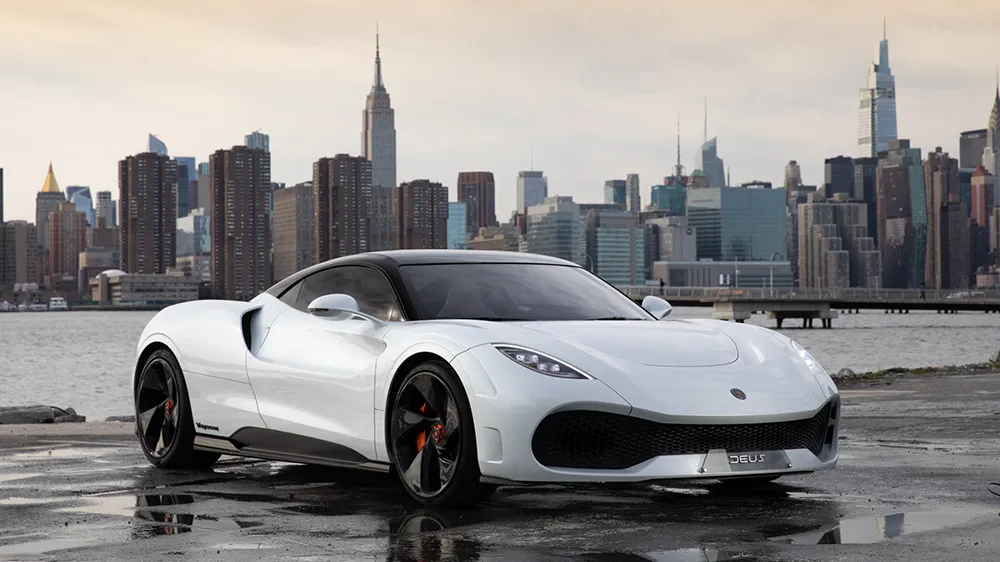
Set to arrive in 2025 with just 99 examples planned, the Vayanne faces skepticism due to its lack of heritage. However, its bold claims and striking design make it one to watch.
2. Porsche Taycan Turbo GT: The Everyday Performer
Porsche’s Taycan Turbo GT demonstrates that electric cars can balance practicality with performance. It features a two-speed gearbox and 1093bhp, achieving a 0–62mph time of 2.3 seconds.
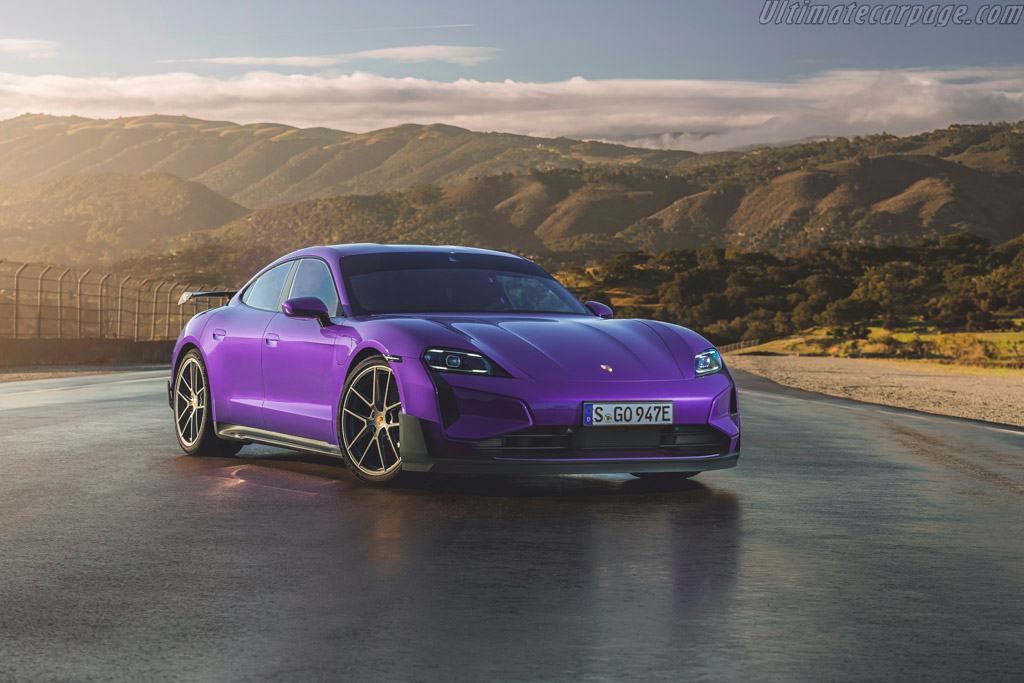
With its 800-volt architecture, the Taycan offers rapid charging and a range of up to 345 miles. Combining cutting-edge technology with Porsche’s legacy of driving excellence, it stands out in the EV market.
1. Lucid Air Sapphire: Comfort with Speed
The Lucid Air Sapphire fuses luxury with performance, delivering 1234bhp and a 0–60mph time of 1.89 seconds. It boasts a 427-mile EPA range and a top speed of 205mph.
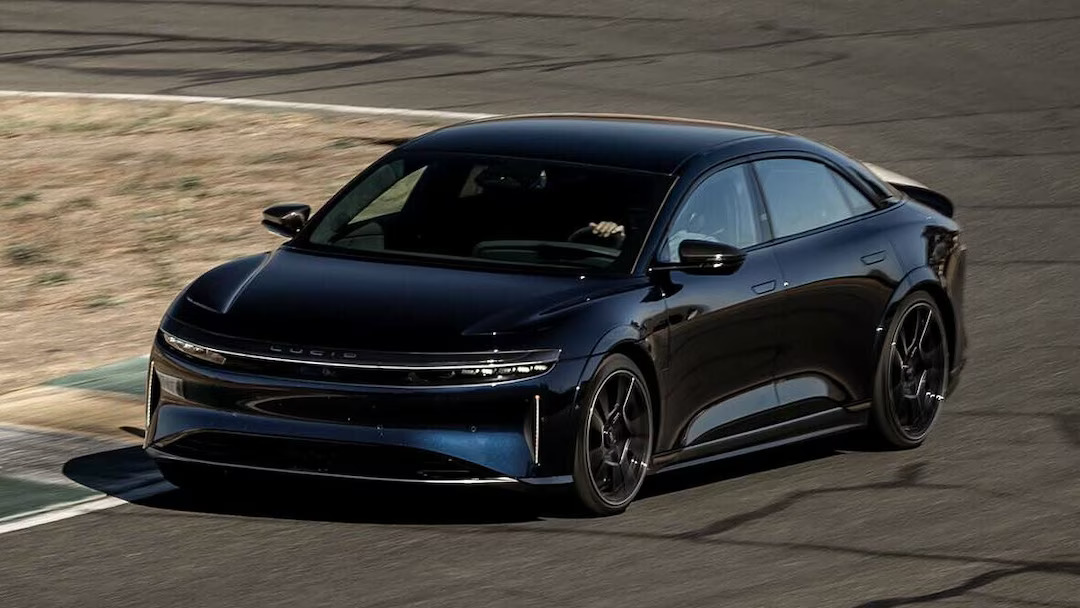
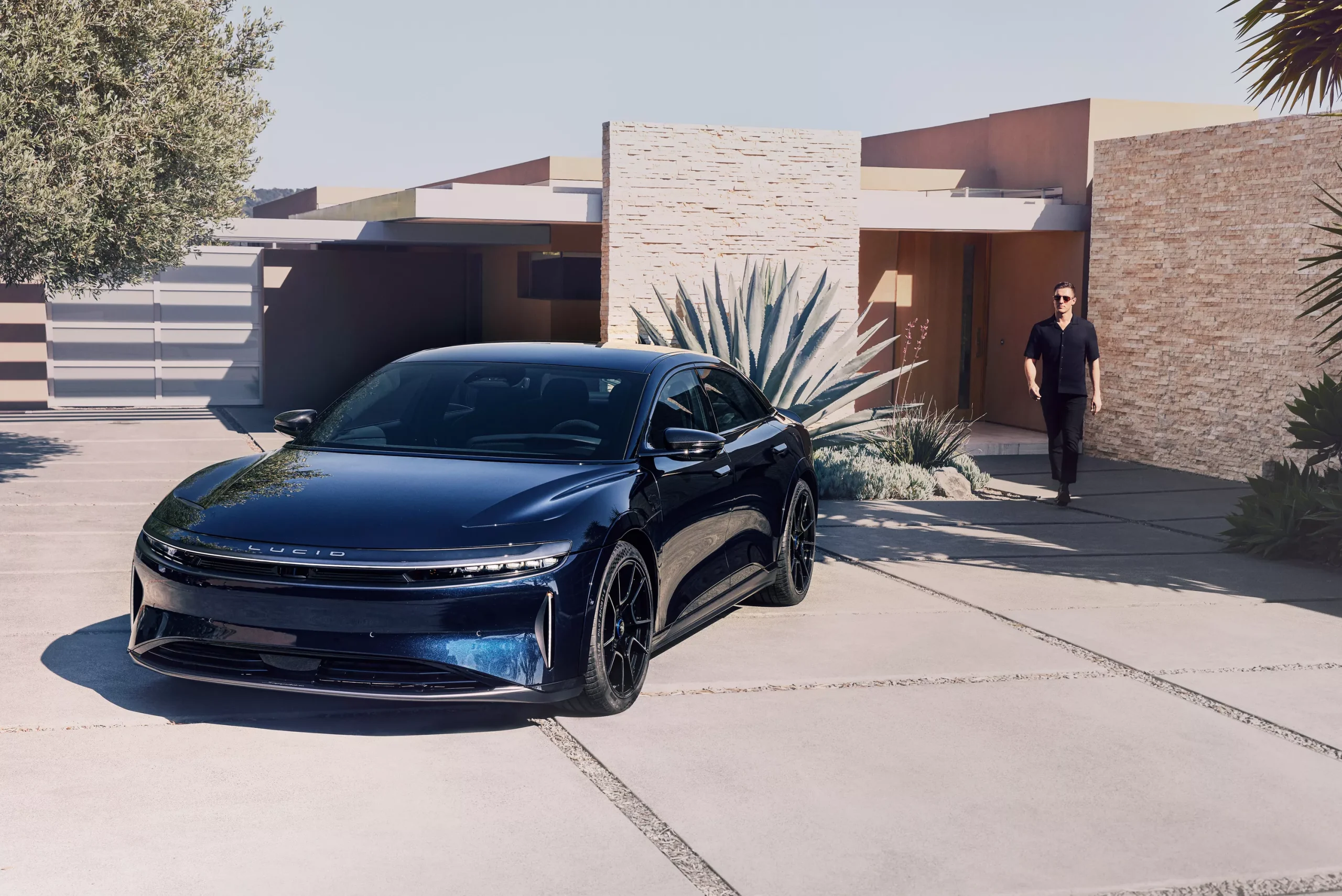
Its elegant design and superior build quality make it a strong contender in the luxury EV saloon segment. Although a right-hand-drive version may not be available, the Lucid Air Sapphire sets a high standard for electric saloons.
Electric supercars are no longer visions of the future—they have become a reality of today. From the groundbreaking Rimac Nevera to the versatile Porsche Taycan Turbo GT, these vehicles highlight the remarkable progress in electric propulsion. With even greater innovations on the horizon, EVs are cementing their place as the new standard in automotive performance.
